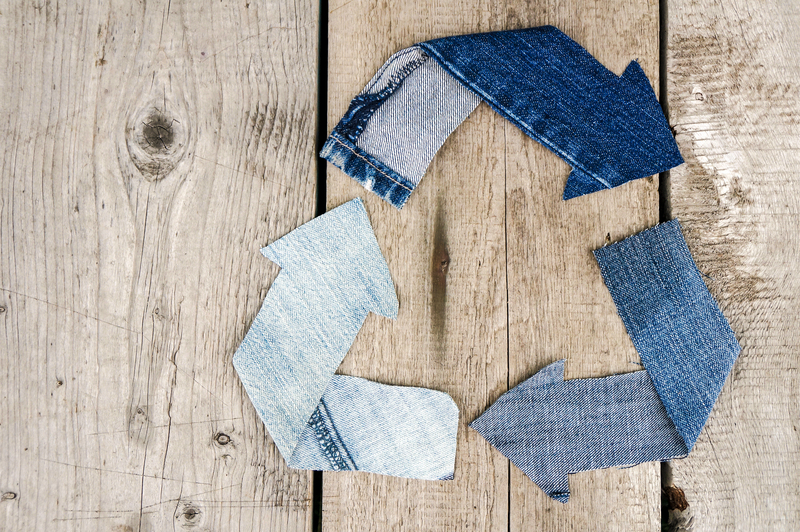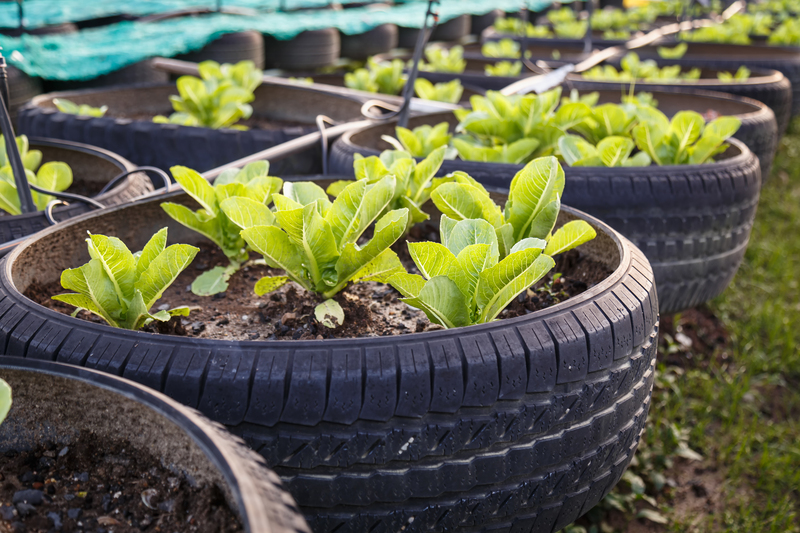Tips for Properly Getting Rid of Single-Use Masks and Gloves
In the wake of increasing health awareness worldwide, the use of single-use masks and gloves has surged significantly. While these personal protective gears are essential in safeguarding ourselves and others from diseases and contaminants, they present a growing environmental and public health challenge if not disposed of responsibly. If you are seeking guidelines for disposing of disposable masks and gloves correctly, you have come to the right place. Here, we offer practical, SEO-optimized, and comprehensive advice on how to properly get rid of single-use face masks and gloves.
Why Proper Disposal of Masks and Gloves Matters
The improper disposal of disposable masks and gloves poses serious threats to environmental sustainability and public health. Here are key reasons why it's crucial to pay special attention to the way you get rid of them:
- Environmental Pollution: Single-use masks and gloves are mostly made of plastic-based materials which take decades or even centuries to degrade. When discarded carelessly, they often end up in oceans, rivers, and urban landscapes, contributing to plastic pollution.
- Threat to Wildlife: Marine creatures, birds, and other animals can ingest or become entangled in discarded masks and gloves, resulting in injury or death.
- Health Hazards: Used masks and gloves may be contaminated with germs, including the coronavirus, endangering sanitation workers and the general public if disposed of improperly.
- Clogging of Drainage Systems: Gloves and masks dumped in public areas can block sewage and drainage systems, leading to urban flooding and unsanitary conditions.
Understanding Materials: Why They're Not Recyclable
Most single-use masks and gloves are designed for short-term use and are made from materials such as polypropylene (for masks) and nitrile, latex, or vinyl (for gloves). These materials are not suitable for regular household recycling facilities due to contamination risks and incompatibility with standard recycling processes.
- Masks: Often made of multiple layers, including filtering materials that trap pathogens and particles.
- Gloves: Commonly constructed from synthetic rubber or plastic compounds for durability and waterproof qualities.
Conclusion: Throwing used masks and gloves into recycling bins is not only ineffective--it can put recycling workers and public health at risk.

How to Properly Dispose of Single-Use Masks and Gloves
Implementing safe and responsible disposal practices isn't hard, but it does require some attention to detail. Here is your comprehensive, step-by-step guide for the correct way to dispose of single-use protective gear:
Step 1: Remove with Care
- Gloves: Remove gloves by grasping the outside of one glove at the wrist without touching your skin, peel it away, and hold in the gloved hand. Then, slide your fingers under the wrist of the remaining glove to peel it off without touching the outside. This technique prevents contamination.
- Masks: Remove the mask by unhooking the ear loops or ties. Avoid touching the front of the mask, as it might be contaminated.
Step 2: Dispose Responsibly
- Place used masks and gloves in a sealed trash bag. A knot-tied plastic or biodegradable bag prevents accidental contact and spillage.
- Do not throw masks or gloves on the ground, public bins without lids, toilets, or drains.
- Dispose of the sealed bag in general waste, not in recycling bins.
Step 3: Sanitize Hands Immediately
- Wash your hands thoroughly with soap and water for at least 20 seconds after disposing of your protective gear.
- If soap and water are unavailable, use a hand sanitizer with at least 60% alcohol content.
Proper Disposal in Public Spaces
If you find yourself needing to dispose of a disposable mask or gloves while outside:
- Look for a designated PPE disposal bin, often available in hospitals, airports, and large shopping centers.
- If no specific bin exists, wrap your mask and gloves in a tissue or small bag before discarding in a closed-lid trash bin.
- NEVER litter! PPE waste is hazardous and must never be discarded on sidewalks, streets, or grass.
What Not to Do When Disposing of Disposable Masks and Gloves
-
Don't flush masks or gloves down toilets or sinks.
This causes blockages and environmental pollution. -
Don't burn masks or gloves in open spaces.
Burning plastic materials can release toxic fumes harmful to humans and the environment. - Do not leave used PPE in shopping carts, parking lots, or public restrooms.
- Never reuse single-use masks or gloves.
-
Avoid placing used PPE items into recycling bins.
Contaminated materials can jeopardize the entire recycling process and endanger workers.
Reducing PPE Waste: Sustainable Alternatives & Habits
As the demand for masks and gloves grows, so does the volume of waste. While single-use items are unavoidable in many cases, you can adopt strategies to minimize environmental impact:
- Use Reusable Masks: Opt for washable cloth masks where appropriate. Ensure they meet health recommendations and are cleaned after each use.
- Limit Use of Gloves: Gloves are often unnecessary except in specific medical or cleaning situations. Proper and frequent handwashing is usually sufficient for daily protection.
- Choose Biodegradable PPE: Some manufacturers offer biodegradable or compostable gloves and masks. If available and appropriate, consider these over conventional varieties.
- Encourage Responsible Behavior: Educate others about the dangers of PPE littering and responsible disposal practices.
How Communities and Organizations Can Help
Setting Up Dedicated PPE Disposal Bins
Local authorities, businesses, and facility managers should provide dedicated, clearly labeled bins for the disposal of masks and gloves. Proper guidance signage can prevent cross-contamination and encourage responsible disposal.
- Regular Collection: Ensure bins are emptied regularly and waste is directed to facilities equipped to handle medical-grade waste.
- Visible Locations: PPE bins should be placed at entrances/exits of public venues, public transportation hubs, and areas of high foot traffic.
- Public Awareness: Use posters, announcements, and digital campaigns to spread best practices for PPE waste disposal.
School and Workplace Policies
- Educate staff and students on the correct procedures for disposing of single-use masks and gloves.
- Provide designated containers and make personal protective equipment available as needed.
Supporting Research and Innovation
Investment in new technologies for recycling and safely disposing of protective equipment is on the rise. Keep an eye out for:
- Firms developing compostable and rapidly degrading masks/gloves.
- Programs exploring high-temperature incineration with pollution controls for medical PPE waste.
- Advanced recycling efforts to separate plastic fibers safely.

Frequently Asked Questions: PPE Waste Disposal
Can I recycle disposable masks or gloves at home?
No. Disposable masks and gloves should not be placed in home recycling bins. These materials are contaminated and not compatible with standard recycling systems.
Are there special programs for PPE recycling?
While some specialist companies accept PPE for recycling, these services are not widespread and typically not available at the household level. Check your local waste management office for information.
What should I do if I see PPE litter?
If possible, pick it up with a tissue or disposable glove, place it in a sealed bag, and then dispose of it in a general waste bin. Wash your hands thoroughly right after. Alternatively, report areas with significant waste to local authorities.
Is composting an option for PPE?
Only if clearly labeled as compostable. Standard single-use masks and gloves are not compostable and must go to general waste.
Conclusion: Make Proper PPE Disposal Routine
Disposing of single-use face masks and gloves properly is an important part of caring for both public health and our planet. By following the right disposal steps--removing PPE carefully, sealing waste, and washing hands--you help to prevent pollution, protect sanitation workers, and promote a cleaner environment.
- Always place used PPE in a sealed trash bag and dispose of it in general waste.
- Never flush PPE or drop it as litter.
- Educate others and advocate for dedicated disposal bins in public spaces.
With these tips for properly getting rid of single-use masks and gloves, everyone can do their part to limit the environmental impact of necessary protective equipment. Start making responsible disposal part of your daily routine and encourage those around you to do the same for a healthier, cleaner world.